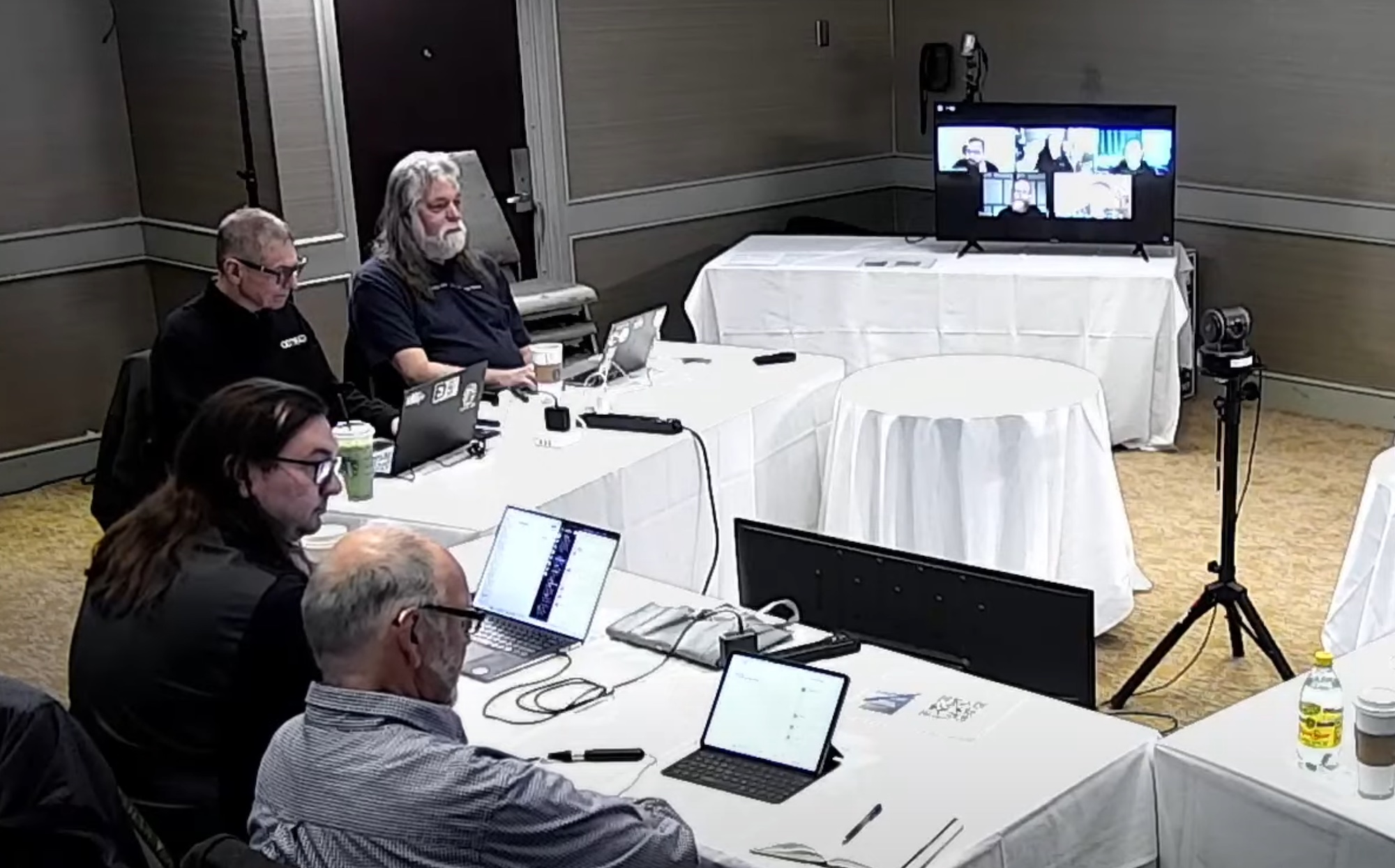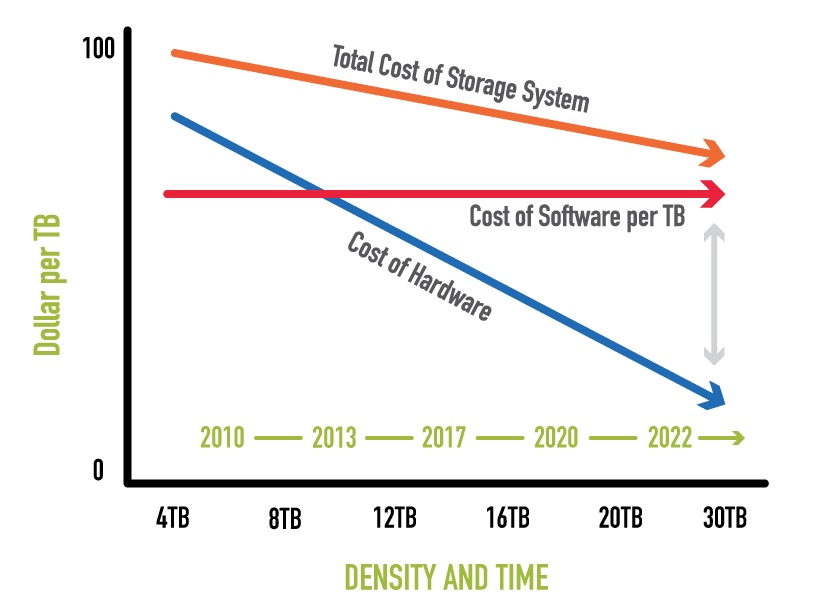There’s a lot to be said for conventional wisdom. After all, if we constantly questioned it, intellectual fatigue would subsume us all. No one ever gets fired for following it. It’s like an old pair of jeans: comfortable, but in hindsight not always the best idea.
That being said, technology has been defined by those that question the prevailing assumptions. Many influential companies got their start asking why something has been done a certain way for so long, instead of simply asking how they can follow conventional wisdom just a little bit better.
Now, it’s not easy to resist the headwinds of convention. Cognitive inertia is very real. But that’s exactly what StorONE has set out to do with enterprise storage.

The elevator pitch for StorONE is a pretty good one. Why is it that your consumer grade SSD can get hundreds of thousands of IOPS for a few hundred dollars, the same performance on an enterprise storage array costs many orders of magnitude more? Shouldn’t adding more fast drives allow your IOPS to scale linearly (or close to it)? At this point you should be either foaming at the mouth with anticipation or hurting your eyes from cynical squinting.
If this were a simply SDS startup with 6 months of VC funding, I’d lean more to the skeptical side. But StorONE has been working at this for a long time. They’ve had six years in development to completely rewrite the enterprise storage stack from the ground up. Along they way they’ve submitted over 50 new patents. So it seems they’ve done a little due diligence on their product.
Their solution sounds simple. Storage hardware is really fast, but it’s crippled by slow software that chokes performance. Talking to StorONE, it’s a little hard to wrap your head around what they’re doing because it seems to be a comprehensive overhaul of storage. Which isn’t as simple
At first I thought this was a host side driver to optimize performance. Nope. StorONE is keen to point out, they rewrote everything, even if they’re not super clean on what exactly that means. Practically, their solution can live on existing storage or a virtual appliance, connect to any initiator or fibre channel target, and uses typical SMB or NFS protocols. Their solution eliminates the software bloat and overhead of typical storage array controllers, eliminating the need to write to cache and providing scalable IOPS and the full capacity of added drives.
This allows for what they call persistent integrity, using direct disk writes to quickly enable recovery.
Their claim is that you can get high-end array performance at a modest price, pointing to getting 1M IOPS with a simply configuration of 24 standard SSDs. I can’t say I fully understand exactly how they’re doing this, because they’re really not divulging a lot of architecture outside of saying they’re rewriting ALL the things. Given their long development cycle and surfeit of generated IP, it seems like they’ve definitely done the requisite work to deliver on their promise.

Editor’s Note: Defacing US currency like this is a crime
The next step for StorONE is to show off some POCs and provide some architectural deep dives for potential customers and their IT folks. Such lofty claims inevitably breed skepticism. But just because conventional wisdom says to be skeptical doesn’t mean that StorONE isn’t delivering. I’m definitely on board for the “why” of StorONE’s vision, I just need a more information on the “how”.




